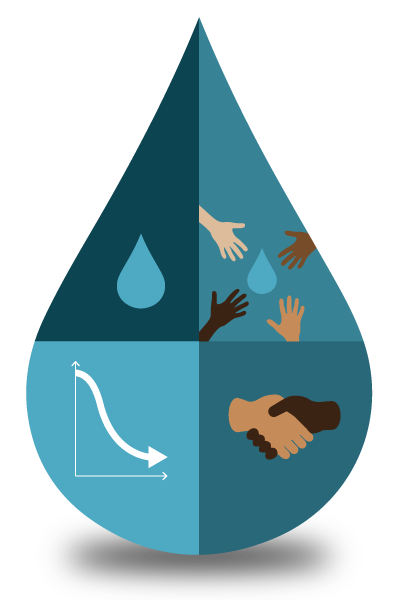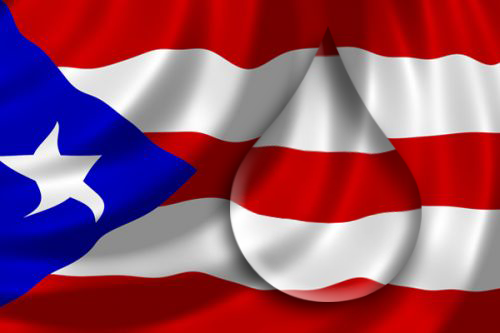“Are our water utility’s rates right?” This is an often difficult question that arises at our workshops and webinars for small water systems, through our direct technical assistance, and which many of our readers may be interested in. While there is no simple answer, we have addressed the issue in a series blog posts on key financial indicators for water systems, including a discussion of conservation signal as a key financial benchmark to consider in rate setting. While the initial answer continues to be “It depends,” another element to consider (among the numerous factors to consider and rank in importance) is revenue stability.
Category: Smart Management for Small Water Systems (Page 4 of 10)
As this blog is being written, water and community managers from across the country are talking about the water crisis that is occurring in Flint, Michigan. The City made a decision several years ago to discontinue buying Lake Huron water from Detroit in favor of an alternative supplier who was planning on constructing a major new transmission line to provide a “less costly” supply of Lake Huron water. While waiting for the project to be completed, the City relied on water from the Flint River. This source of water was determined to have a different chemical composition that led to water line corrosion causing lead to enter the drinking water supply. In addition to the acute public health impacts of the crisis, the impoverished community is facing a huge price tag to address their infrastructure problems.
As often happens with a crisis, the attention on Flint’s situation is shining a light on challenges that are by no means unique to Flint. While there are many specific circumstances that contributed to the problems in Flint, many of the underlying financial issues facing Flint will have or already have had an impact on water systems across the country. Here are four financial facts that played out in Flint that every water and community manager should be thinking about:
Continue reading

The Virtuous Cycle: Internal Energy Revolving Funds for Small Water Systems
How can small (and large) water systems pay for energy efficiency and renewable energy, helping cut energy costs? As energy is often the largest variable expense in a water system’s operating budget, this is a recurring question for the ongoing Smart Management for Small Water Systems project. There are many answers on how to pay for energy improvements, such as in my previous blog post on energy savings performance contracting, and throughout the Environmental Finance Center’s clean energy finance work. One such financing mechanism which water systems could employ is the Internal Energy Revolving Fund. How do these funds work?
About 96% of the population in Puerto Rico receives water from the Puerto Rico Aqueduct and Sewer Authority (PRASA). But the other 4% of the population is supplied by about 240 very small water systems. In teaching workshops this year in Oklahoma, Kansas, Georgia and Colorado, it’s obvious that despite their similarities, each state’s small water systems believe that they face unique management challenges. Puerto Rico systems, however, may have a bona fide claim on uniqueness.

Workshop in Arecibo, PR. Hosted by Universidad de Puerto Rico en Arecibo
In previous posts, we outlined how to use the financial statements of a water or wastewater system to calculate the key financial indicators of operating ratio (a measure of self-sufficiency), debt service coverage ratio (a measure of a system’s ability to pay its long-term debts), and days of cash on hand (a measure of a system’s financial security). Another key financial indicator is current ratio.
Current ratio, also known as quick ratio, is a measure of short-term liquidity or the ability to pay your current bills. It is most often calculated by dividing unrestricted current assets by current liabilities. In other words, could a water or wastewater system pay all of the bills currently sitting on someone’s desk with the cash it has on hand?





